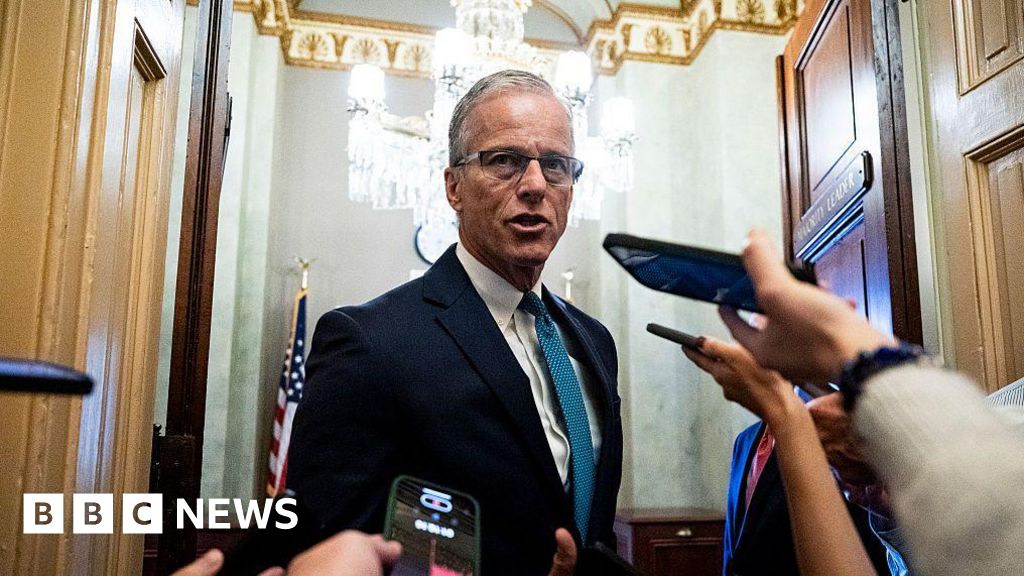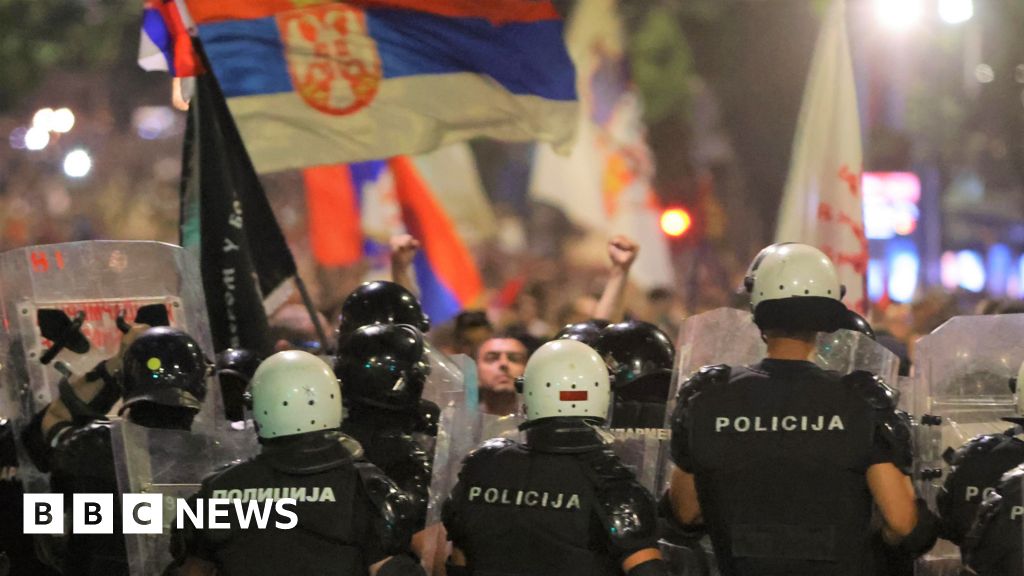The fighting between India and Pakistan intensified sharply on Saturday, with both sides targeting air bases and military sites, and each blaming the other for striking first.
Pakistan said India had targeted at least three of its air bases with air-to-surface missiles in the early hours of Saturday, including Nur Khan, a key air force installation near the capital, Islamabad. Witnesses in the city of Rawalpindi, where Nur Khan is located, reported hearing at least three loud explosions, with one describing a “large fireball” visible from miles away.
Within hours, Pakistan said it had retaliated using short-range surface-to-surface missiles against several locations in India, including the Udhampur and Pathankot air bases and a missile storage facility. “An eye for an eye,” the Pakistani military said in a statement.
India, however, said it had struck several Pakistani military targets, two of them radar sites, in response to a wave of Pakistani attacks on 26 locations using drones, long-range weapons and fighter planes. There was “limited damage” to equipment and personnel at four air force bases, Vyomika Singh, an Indian military spokeswoman, said at a news conference on Saturday.
“It is Pakistani actions that have constituted provocation and escalation. In response, India has defended and reacted in a responsible and measured fashion,” India’s foreign secretary, Vikram Misri, said.
Between the claims and counter claims, it was increasingly clear that the night involved some of the heaviest military engagement from both sides since the armed confrontation began on Wednesday.
Both countries say that they want to de-escalate, but the confrontation has only intensified since India conducted airstrikes in Pakistan on Wednesday. India had accused Pakistan of harboring terrorist groups that carried out a deadly attack on tourists last month in India-controlled Kashmir. Pakistan has denied involvement.
Since then, the crisis has spiraled into the most expansive confrontation between the two nations in half a century, with fierce fighting along sections of their border and drone attacks and other strikes hitting deeper within each country. Each response has come with waves of claims, counterclaims and disinformation.
That has prompted alarm worldwide and diplomatic efforts to defuse the crisis by Saudi Arabia, the United Arab Emirates, Qatar and other countries with strong ties to both India and Pakistan.
Secretary of State Marco Rubio spoke with Pakistan’s army chief, Gen. Asim Munir, on Friday in his latest attempt to ease tensions. Mr. Rubio “continued to urge both parties to find ways to de-escalate and offered U.S. assistance in starting constructive talks in order to avoid future conflicts,” Tammy Bruce, a State Department spokeswoman, said in a statement.
Foreign ministers from the Group of 7 industrialized nations also urged “maximum restraint from both India and Pakistan” and warned on Friday that “further military escalation poses a serious threat to regional stability.”
But the diplomatic pressure, including visits to Islamabad and New Delhi by delegations from countries including Saudi Arabia and Iran, has failed so far.
Pakistan’s deputy prime minister, Ishaq Dar, said Saturday morning that his government was left with no choice but to respond. “This is measured and proportionate, and payback for what they have done,” he said on Geo News, a Pakistani television channel.
“Now this has started,” he added. “Where it ends all depends on India.”
His statement mirrored what India has said this week, describing its strikes as proportionate and devised to allow for de-escalation.
With no off-ramp in sight, there are fears among the people of India and Pakistan about what might happen next.
India and Pakistan became separate countries in 1947, and they have fought three wars, with disputes over Kashmir a part of each one. One of those wars, in December 1971, established the so-called Line of Control that divides Kashmir.
Qasim Nauman contributed reporting.
Source link















